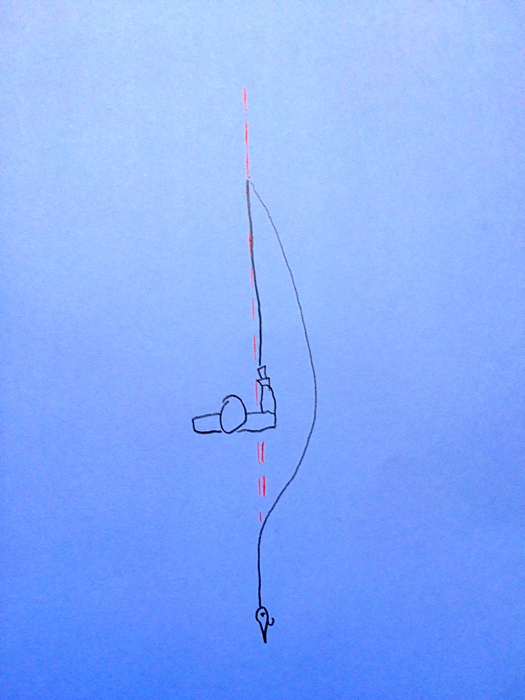ok, typical scenario when the fly hits the back looks a little like this. it's a tracking issue.

seen from above, the BC is swung around in a curve. not exclusively as the basic back-hitting end result will be the same regardless of line types, this curve can/will be accentuated by the different densities of the sink-tip. (the faster tip will 'kick' more than say, a standard floater)
when the FC is performed, the repositioning of the rod tip to cast in a straight line leaves a curved end of the line and leader.

if there's no obstruction such as the caster or rod tip, this curved end only straightens out (it doesn't always straighten out... ) until it's well past, in front of the caster.
it's the exact same effect as the 'dangle' that's apparent on almost all comp-style distance casts buts its more in a tilted-over or say, horizontal plane instead of the vertical plane in distance casts.
my drawings suck but i hope they'll help a little...



maybe a better way to understand the 'curved dangle' thing is to watch this great video by my buddy Aitor.

